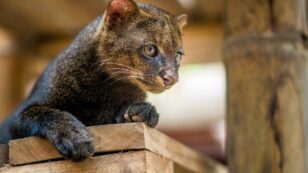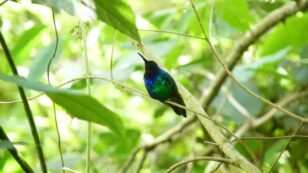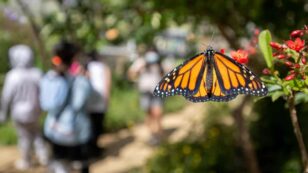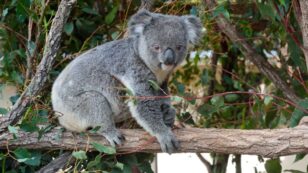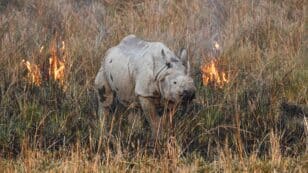
More Than 1.1 Million Sea Turtles Poached Between 1990 and 2020, Study Finds
Nearly all species of sea turtles are considered endangered, according to WWF. Despite this, people have continued to poach them for food, medicine and luxury goods in astonishing numbers. The first ever global assessment of illegal sea turtle hunting to consider multiple countries and regions, published in Global Change Biology Wednesday, found that more than […]

 233k
233k  41k
41k  Subscribe
Subscribe 
